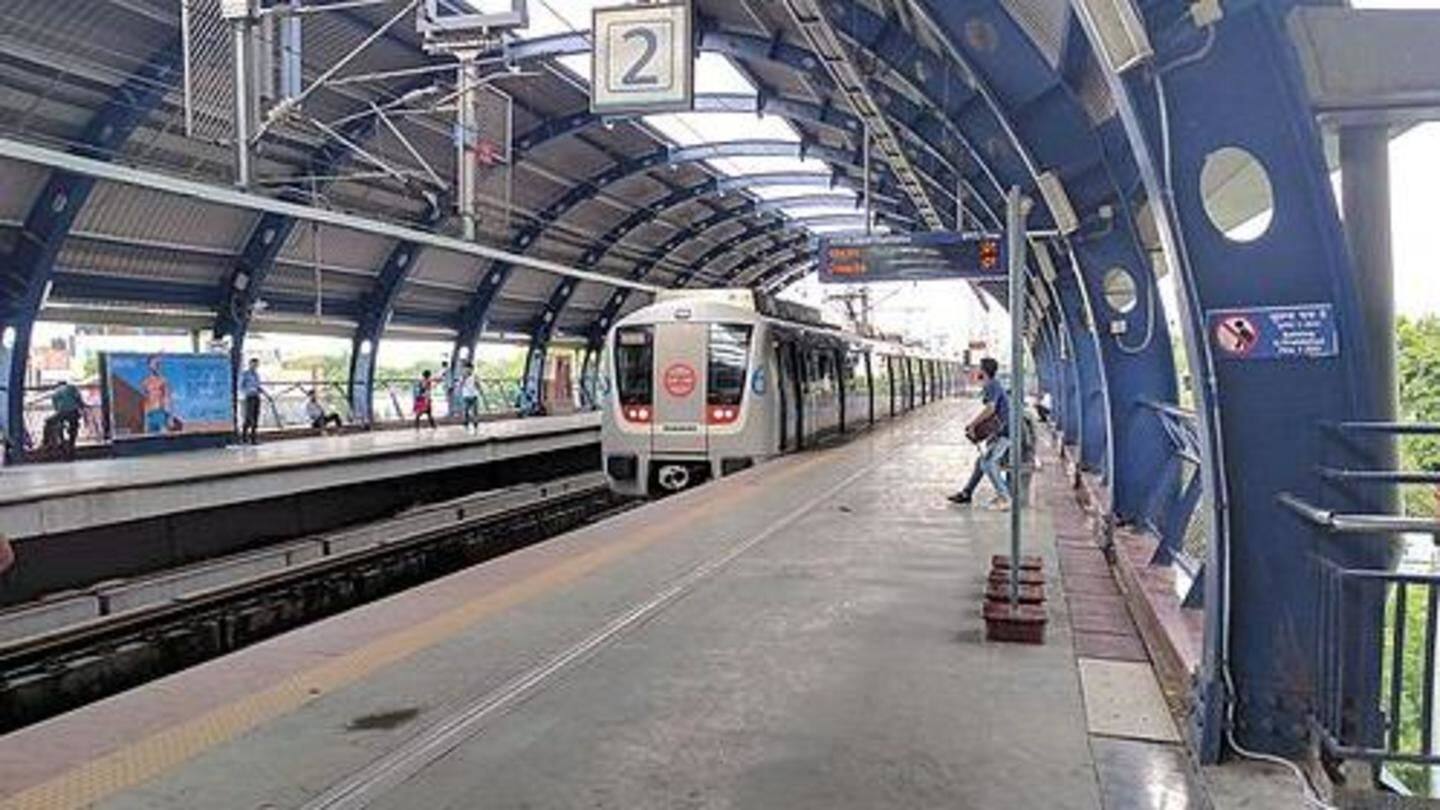
Toxic fumes from Delhi's open drains corroding metro infrastructure
What's the story
Delhi's pollution is not only affecting people, but also metro infrastructure, especially those stations that are situated near open drains. Toxic fumes like methane, hydrogen sulphide and CO2 are emanated once the sewage in the drains degrades, corroding installations like OHE, power stations, and tracks near metro stations. Mayur Vihar, Dwarka, Seelampur, Azadpur, Shahdara, Najafgarh, and Hudson Lane stations are among the worst affected.
Experts note
Exposing OHE wires to toxic fumes for long erodes thickness
DMRC officials said the fumes also affect the AC inside the stations and trains that pass through, but since the trains stay for a limited time, the damage is less. "The fixed structures, however, are affected more," said DMRC MD Mangu Singh. An IIT-Delhi professor shared that the wires of OHE start thinning when exposed to such high corrosive fumes over a period of time.
DMRC actions
Preventive measures: Protective paints for station walls, high-resistance metals
"We've been assessing effects of polluted zones on our systems and have taken preventive measures," said DMRC spokesperson. Among the measures taken over years, DMRC has covered station walls using protective paints and has used high-resistance metals. Meanwhile, experts suggest that since storm-drains have to remain open, they shouldn't be used for sewer and that strict rules should be implemented to prevent such misuse.